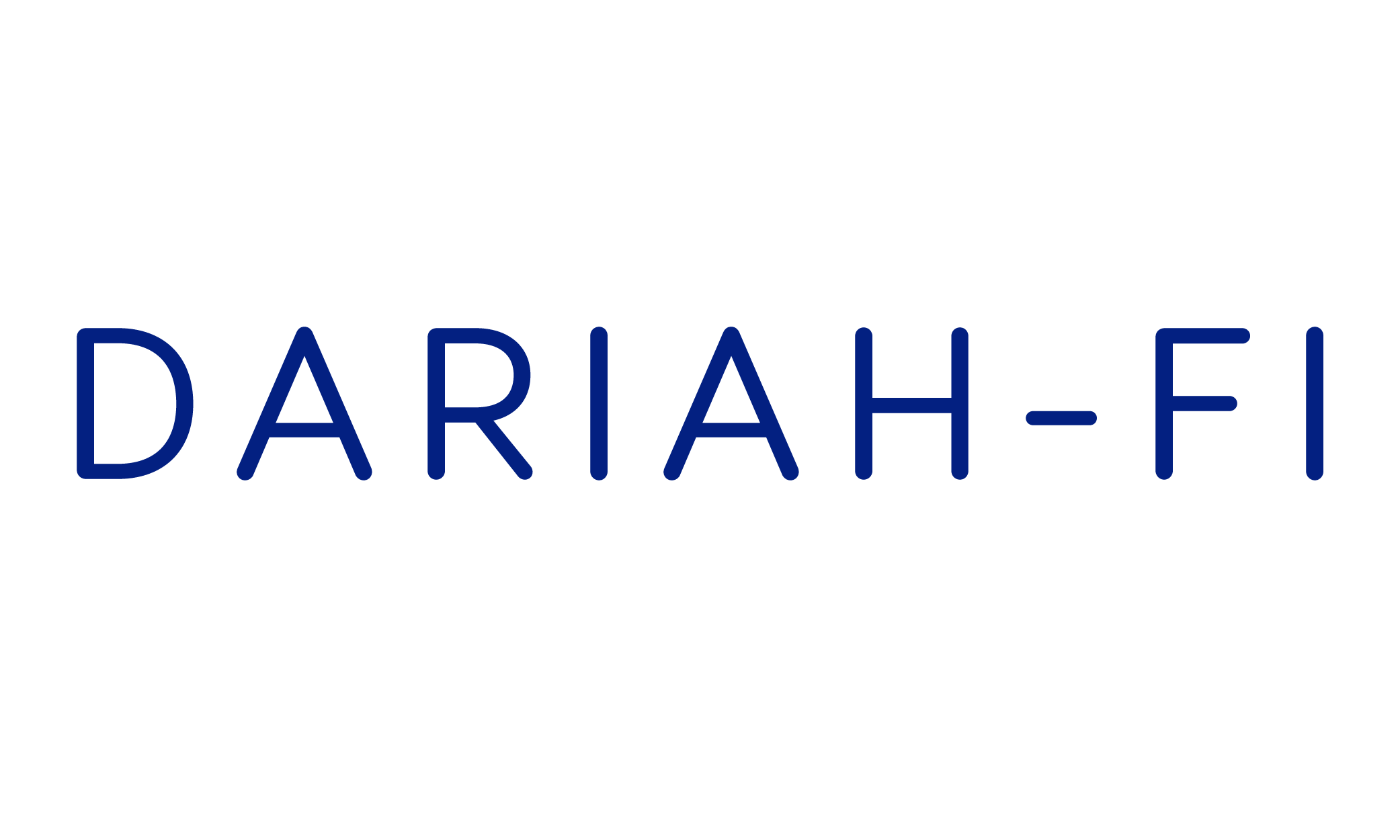
Tampere University
At Tampere University, the DARIAH local node is situated in the Faculty of Information Technology and Communication Sciences, where technology and the humanities come together in a unique way. Their research mission is to ensure socially responsible digitalisation and transformation of work. Particularly, the local node focuses on widening the user community of DARIAH, lowering the threshold of the RI and guaranteeing successful uses for researchers. This is done in collaboration with the rest of the DARIAH nodes. The local node is associated with the InfUSE group, internationally established as conducting high-quality research on task-based and interactive information retrieval.
Contact

Sanna Kumpulainen
Faculty of Information Technology and Communications
Affiliated Groups

InfUSE (Information interaction and use) is a group of multidisciplinary researchers in information interaction and use. The group studies all aspects of information searching, information use in various contexts, interactive information retrieval and information interaction. InfUSE is interested in how the current information environment and changes in it are augmenting human behavior and performance.
Expertise
Contact
DARIAH node
Tools
UX questionnaire developed within DARIAH-FI to test and evaluate tools, datasets or workflows developed for the project. The questionnaire was created and updated in several phases between 2022-2023 from a literature review, semi-structured interviews, and tests with end-users.
Developed by
Recommender system for NLF data ![]()
This resource provides code for developing recommender systems to assist information retrieval in digital libraries based on log data gathered from their use.
Resource developed by Tampere University in partnership with the CSC and the University of Helsinki. Collaborators: National Library of Finland, University of Turku
Developed by
Training and Teaching
Digital Libraries and Open Science ![]()
The course literature includes types and tasks of digital libraries, both in the non-profit and commercial sectors. Other topics of the course are open science, open data and data archives.
![]() Bachelor’s level, Master’s level
Bachelor’s level, Master’s level
Statistical Methods for Text Data Analysis ![]()
This course teaches various statistical methods for modeling and analysing text data. Contents are planned to include models for representing text including vector space models and neural embedding models; document content processing stages such as lemmatization and keyphrase extraction; probabilistic models of content variation including n-grams and topic models; neural models of text; and methods for various text analysis tasks.
![]() Bachelor’s level, Master’s level
Bachelor’s level, Master’s level
